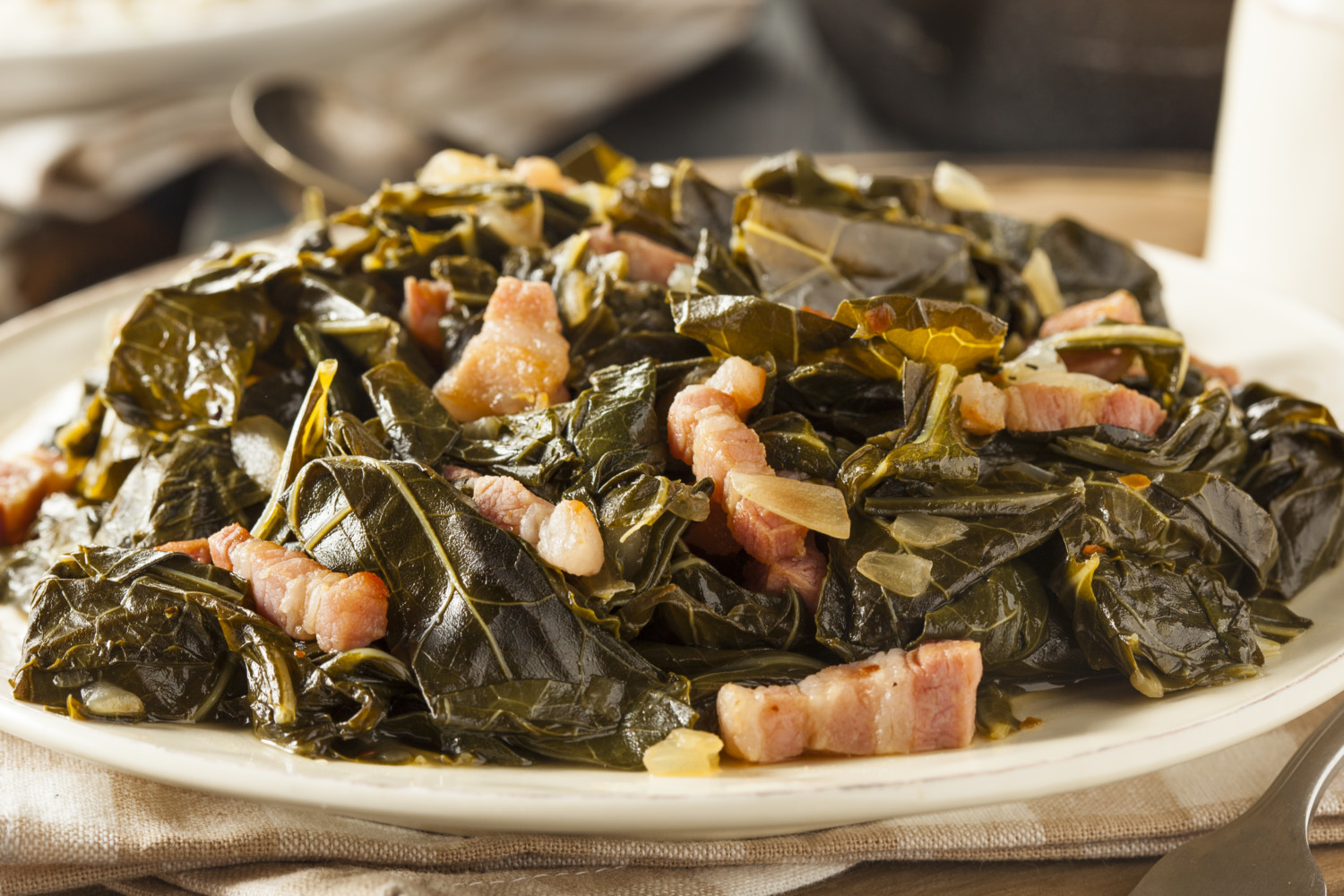The products and services mentioned below were selected independent of sales and advertising. However, Simplemost may receive a small commission from the purchase of any products or services through an affiliate link to the retailer's website.
Many different foods are linked with seasons and holidays. The reasons these dishes have become tradition vary. Some foods are seasonal, such as pumpkin pie on Thanksgiving and watermelon on the Fourth of July. Others have a religious significance, such as latkes on Hanukkah or hot cross buns on Easter.
Then there are foods that some consider lucky and enjoy as traditions to ring in a new year. But why?
The Traditions of Collard Greens and Black-Eyed Peas
Many people make it a point to dine on black-eyed peas and collard greens on New Year’s Eve or New Year’s Day, particularly in the Southern U.S. The reason for this is that the greens are thought to resemble money. Eating greens is believed to bring about greater financial prosperity.

Experts have found evidence that black-eyed peas were part of Rosh Hashanah, the Jewish New Year, as early as 500 A.D. In addition, the tradition of eating black-eyed peas with rice has African origins.
A predominant story goes that the legumes were a significant crop grown in the South during the Civil War. Because they were considered livestock food, the Union soldiers left the supply untouched. The Confederates dined on the peas and fatback that the Union soldiers avoided as well, considering themselves fortunate to have the food. This led to the idea that dishes such as Hoppin’ John and Cowboy Caviar bring good luck.
In many families, black-eyed peas and greens are cooked up and served with cornbread. While it is undoubtedly a delicious addition, it also has significance. The honey-colored bread represents gold for even more prosperity. And if stewed tomatoes are included, you have more wealth with health to boot.
Even the pork, in the form of fatback, hog jowls or bacon, is considered lucky in many cultures. In the South, cured meat was the most readily available meat during winter and made a delicious addition to the New Year’s Day meal.
Does your family enjoy a lucky year for New Year’s Day?
This story originally appeared on Simplemost. Checkout Simplemost for additional stories.


